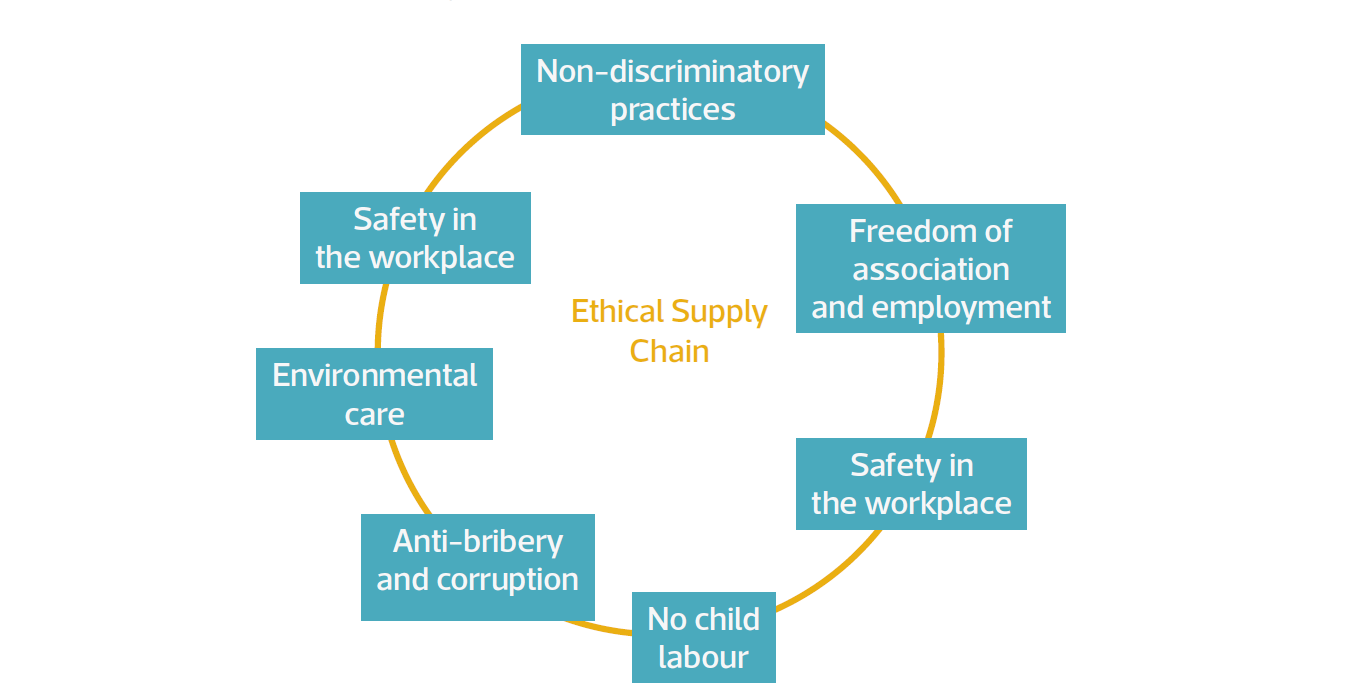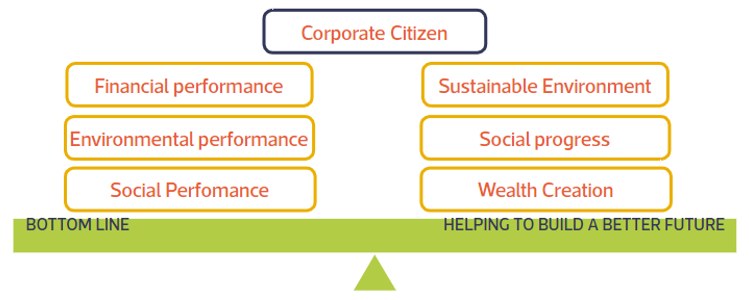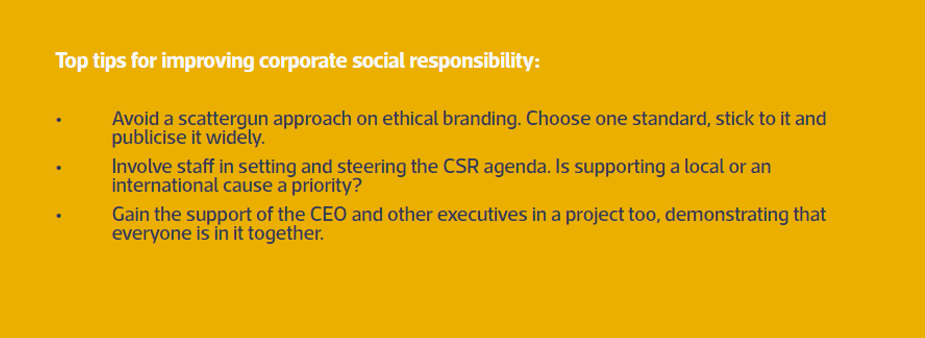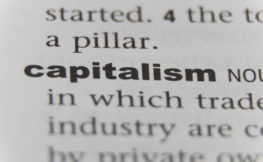“The obligation...to pursue those policies, to make those decisions, to follow those lines of action which are desirable in terms of the objectives and values of...society." (Bowen, 1953)
Social responsibility has existed in some organisations for centuries. Corporate social responsibility (CSR) has been a more recent development. It is an important strategic aim for many organisations and can add to profitability of an organisation both directly and indirectly:

What is ethical supply chain management ?
Globalisation of sourcing and production or manufacturing has led to cheaper goods for consumers but has also exposed the hidden costs to disadvantaged groups, economies and the environment. Balancing the need for low cost to consumer whilst maintaining ethical and sustainable supply chain management is challenging but not impossible. The elements of ethical supply chain management include:

Once these practices were the result of the actions of individual organisations, but they are now more often enshrined in law. Not to observe international law is a business risk as it is a failure in the ethical practices within the supply chain. Consumers will also punish organisations which are seen to cause harm.
The maxim is for all organisations to know their suppliers and to map their supply chains rigorously. This means checking policies, procedures and values of suppliers and partners. Some companies produce their own supply chain codes which all must sign up to. Supply chain mapping is big business and there are many tools out there to ensure compliance and to help keep organisations within legal requirements and protect their brand identity.
Achieving corporate responsibility
Corporate Social Responsibility (CSR) is for everyone, not just for big business, and whilst there are legal imperatives in the supply chain, other decisions about corporate responsibility are much less prescribed. Achievement of corporate responsibility then, must begin at the top with leadership and strategy involving a designated board level executive. CSR is a moral compass which should guide decision-making from the highest level and permeate through the entire organisation.
Certification and partnership may be an obvious route. Customers are increasingly sophisticated in their choices and are willing to pay a premium for the security which this brings. Impact is greatest where a single proposition rather than a scattergun approach is adopted.
Philanthropy can improve or cement a brand image both in local communities but also internationally. This can take a variety of forms from sponsorship to donations in time and or resources at a local, national or international level. Some organisations may choose to set up foundations. Such giving is always more effective if it is targeted.
Volunteering and staff development opportunities can help achieve a win/win for both the corporation and charitable or not for profit ventures. Staff may be offered sabbaticals or development opportunities in partner organisations thus developing skills but also developing ambassadors for your brand.
Becoming a corporate citizen
Corporate citizenship is about the impact an organisation has within its own country and areas where it operates directly. It is the balance between the needs of shareholders, the other stakeholders and the environment. It is a developmental process and cannot be achieved overnight. Mervis and Googins (2004) identify five stages of development:
- Elementary – the main aim is compliance with legal requirements
- Engaged – philanthropic aims and environmental protection begin to take root
- Innovative – A business case for CSR is accepted and there is public reporting on progress
- Integrated - CSR becomes part of the value proposition
- Transforming – where the approach to CSR is visionary and they are ahead of the pack
If social performance and environmental performance are given the same reporting status as financial performance then wealth creation, social progress and maintaining a sustainable environment can all be achieved, as proposed by Androff and McIntosh (2001):

If social and environmental measures are of equal importance in reporting terms as financial performance, then the corporation will create wealth and improve its setting too.

Grow your team's skills, elevate your brand reputation and more, with our corporate solution.
References
Andrioff, J., McIntosh, M. ed. (2001). Perspectives on Corporate Citizenship. Sheffield, GreenleafBowen, H. (1953). The Social Responsibility of the Businessman University of Iowa Press; Reprint edition (30 Nov. 2013)Crane, A., Matten, D., McWilliams, A., Moon, J., and Siegel D., ed. (2009). The Oxford Handbook of Corporate Social Responsibility O U P, U S AMirvis, P & Googins,(2004). Stages of Corporate Citizenship: A Developmental Framework A Center for Corporate Citizenship at Boston College Monograph 2004
How would you rate yourself on social responsibility? Test yourself with our Scorecard.
If you’re a member, you can test yourself on Social Responsibility and see if you meet the standard.
Spotlights
Further Resources
From the blog







